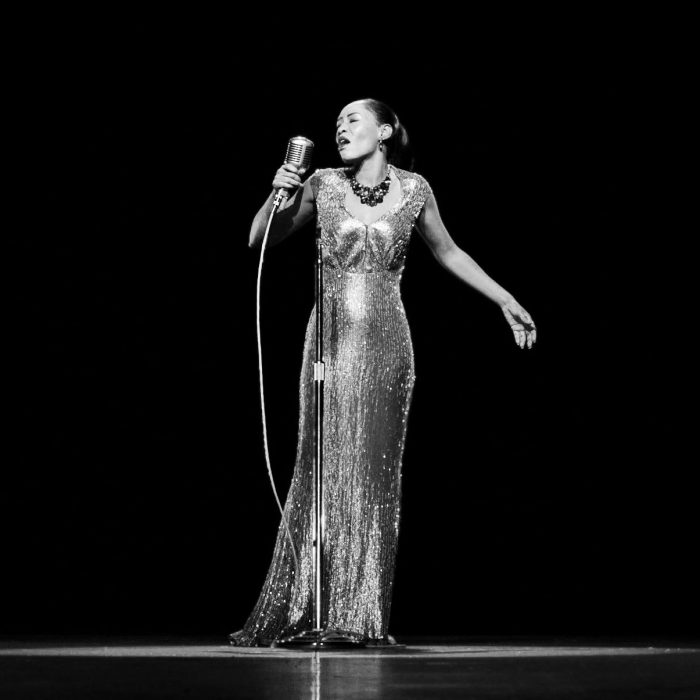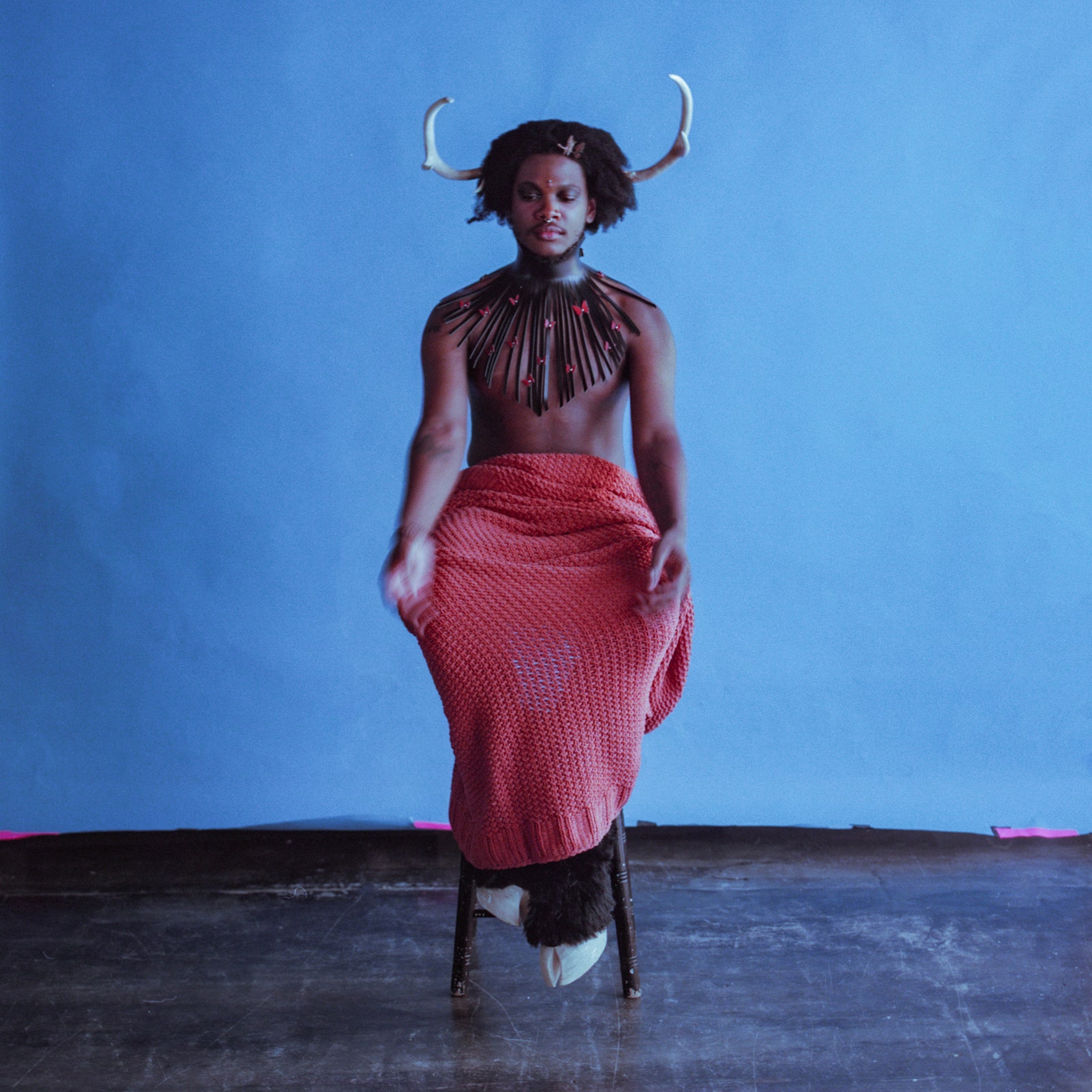The Ethics of Holograms: Celebrating a Legacy vs. Exploiting The Dead?
By Jenna Dreisenstock
Human holograms. It’s like something out of a science fiction film, or that one issue of a National Geographic Kids magazine I read in the early 2000’s which promised: hoverboards, virtual reality that EXACTLY mimics reality, doctors who could mend broken bones with the latest laser-healing technology, fast-travel flying cars, robot best-friends and so much more. All of these ideas brought me immense excitement as a kid, these outrageous yet plausible technological advances that could change life as we know it. The issue predicted these changes to take effect in 2012.
That was somewhat ambitious, and 2012 is long gone – and despite these exceptional advances in technology that have made great strides in the last few years: my kid-self is still waiting for those hoverboards. One of the main possibilities that always stuck with me was the idea of my favourite musicians performing live in my living room, holograms of people so seemingly real we could enjoy performers from throughout the ages at the click of a button. Now that the idea of musicians as holograms is becoming a reality (and NG kids got it right about 2012), it doesn’t hold as much excitement for me anymore. It feels straight up bizarre.
The main question is, what are the ethics behind bringing back dead celebrities to perform as holograms?
From Tupac’s appearance at Coachella in 2012, to Billie Holiday at a festival in Toronto in 2018; an upcoming ‘tour’ by Roy Orbison and Buddy Holly, and rumours of Amy Winehouse ‘performances’ this year, the idea of a smoke-and-mirrors type performance by deceased artists is being debated as possible strides in the music industry – while being challenged by the ideas of pure exploitation of these artist’s legacies. The creation of these holograms is very similar to animation – motion capturing living people who have mastered the artist’s techniques, dance moves and so on – rigging the creation (essentially, creating a virtual skeleton which allows for the control of different limbs, and facial expressions) and projecting this with the artist’s likeness over the original actor. It’s like working a puppet, basically.
Billie Holiday Hologram | Source: Christopher Katsarov, Canadian Press.
The idea of being able to see performances by the biggest legends in music who have passed away is appealing in concept, but at the same time it may feel like a somewhat empty projection of the artist; are we really experiencing a true Tupac, or Buddy Holly performance, with all the emotion and immersion involved if we were really watching them perform live – can a holographic performance really live up to reality? Is it our own selfish desire to ‘bring them back from the grave’ that drives this type of performance, or an homage to the artists and fans who were never able to experience their greatness in person?
Capitalizing on the death of anyone is undoubtedly unethical, the question is whether these holographic performances are continuing the artist’s legacy; or simply exploiting their image. It feels like the projection of an icon created by capturing an actor isn’t truly allowing for a real performance, rather a hollowed out version of who the public once perceived them to be with little depth behind it. I can’t imagine the pain for those in bands who have considered touring with a deceased friend, or the families of those seeing their loved ones projected for a profitable gain. Although the families of these musicians are required to give legal permission, we have to wonder the thought processes behind such moves; and whether bringing these celebrities ‘back to life’ is truly a celebration of their legacy, or simply another gimmick to reel in fans for profit.
We need to ask ourselves whether projecting a performance of the deceased is an honour, or a straight up cash grab – exploiting the lives of those who have left us for our own personal gain and profit. It’s a tricky subject, with nuanced ethics that will only grow more complicated as our technology continues to evolve.
When watching a holographic performance, are we just watching a high-tech puppet show, pulling the strings of the dead?







Leave a Reply